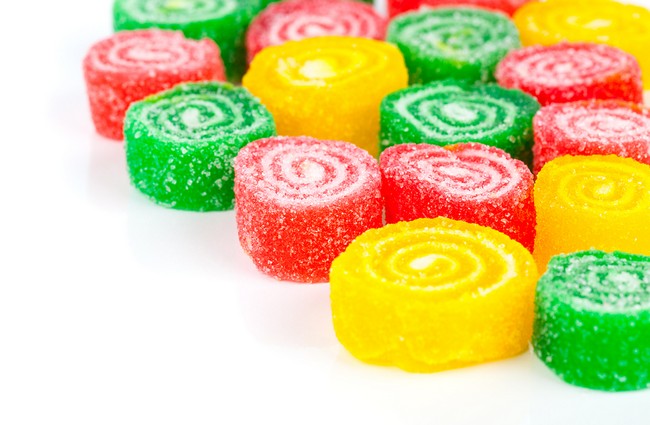- Make It Yourself Lavender Heart-Shaped Bath Bombs!
- 20 Things You Never Knew About “Down There”
- 12 Best Foods For Those Suffering From Arthritis Pain
- 12 Personal Hygiene Mistakes Almost Everyone Makes (Mom Never Told You About #4!)
- 15 Medicinal Plants And Herbs From The Cherokee People
- 12 Mind-Blowing Benefits Of Drinking Coconut Water During Pregnancy
- 12 Outstanding Winter Foods That Won’t Fatten You Up Like A Christmas Turkey
Do Artificial Food Dyes Really Affect Behavior?

Photo credit: bigstock.com
When you think of Easter, do you immediately think of vinegar? That vinegar smell that comes from those egg dying kits– remember those? How about jewel-colored jelly beans? What about those marshmallow peeps in bright pink, purple, and yellow?
How about Valentine’s Day? Remember all the red and pink dyed everything? Marshmallows, candy, sodas, and those chocolate covered cherries, dripping with that bright red syrup?
Those are just some of the things that most of us remember from childhood. Candy, sodas, cakes, and all the bright colors that looked so appealing!
Until we got older, and then we found out the truth about those colors. They weren’t real. Those enticing colors came from artificial dyes such as yellow #5 and red #2.
Big Food adds more than 15 million pounds of artificial food dyes to the foods they make every single year. This is more than 5 times the amount of dyes that were added to foods just 60 years ago. As pretty as they are, these artificial dyes have been linked in numerous studies to behavioral problems, certain types of cancer, as well as other problems.
Most people don’t seem to believe this, however. If you take a look at your fellow shoppers’ grocery carts during any holiday season, you will see colored cakes, cookies, candy, and sodas all stacked up in their cart for the coming holiday.
There are other sources of dyes other than sugary treats, however. Everyday food items such as meat, pickles, crackers, yogurt, pasta, and even toothpaste, all contain various types and amounts of artificial food dyes.
Continue to Page 2































